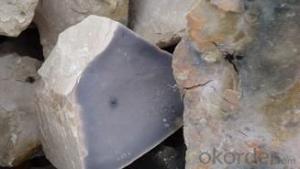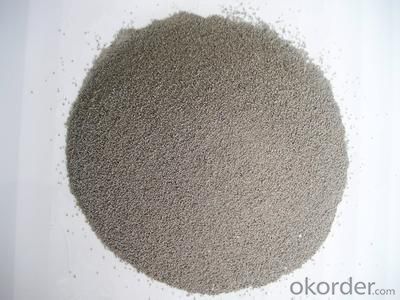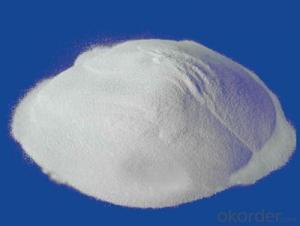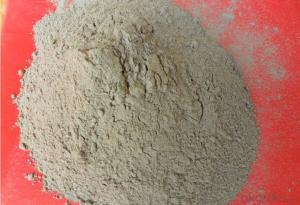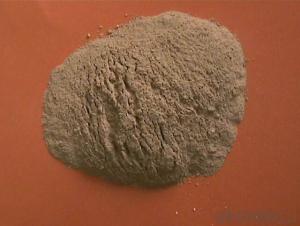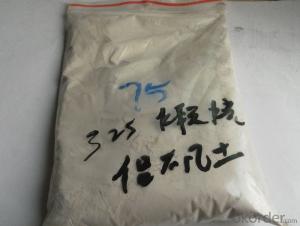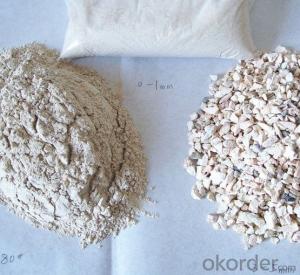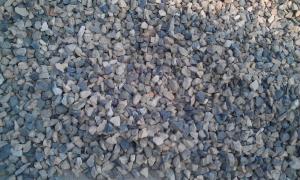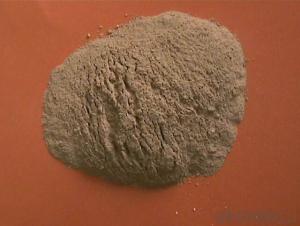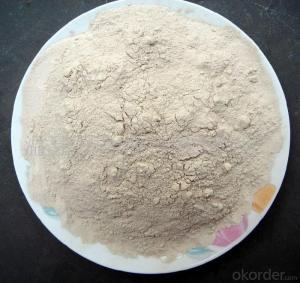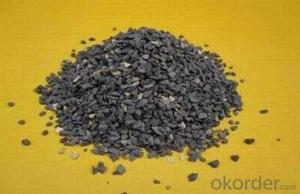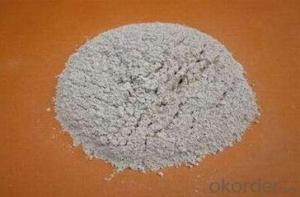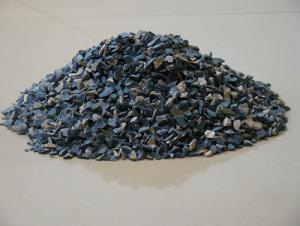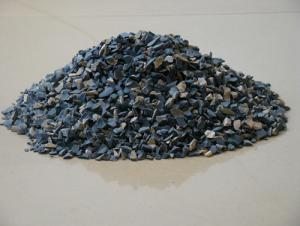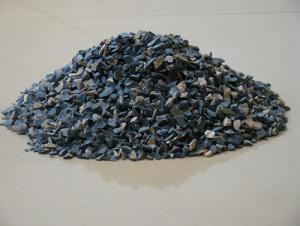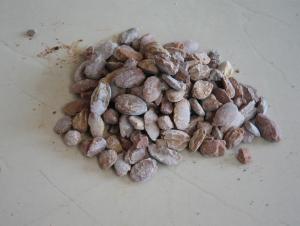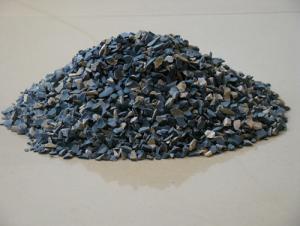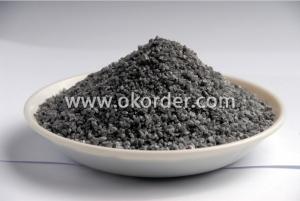Raw Materials for Refractory:Hot Sale Calcined Bauxite Made in China
- Loading Port:
- China main port
- Payment Terms:
- TT OR LC
- Min Order Qty:
- 25 m.t.
- Supply Capability:
- 2000 m.t./month
OKorder Service Pledge
OKorder Financial Service
You Might Also Like
Packaging & Delivery
| Packaging Details: | 25 kg pvc bag and 1 mt big bag |
| Delivery Detail: | within 10 days after receipt your advance payment |
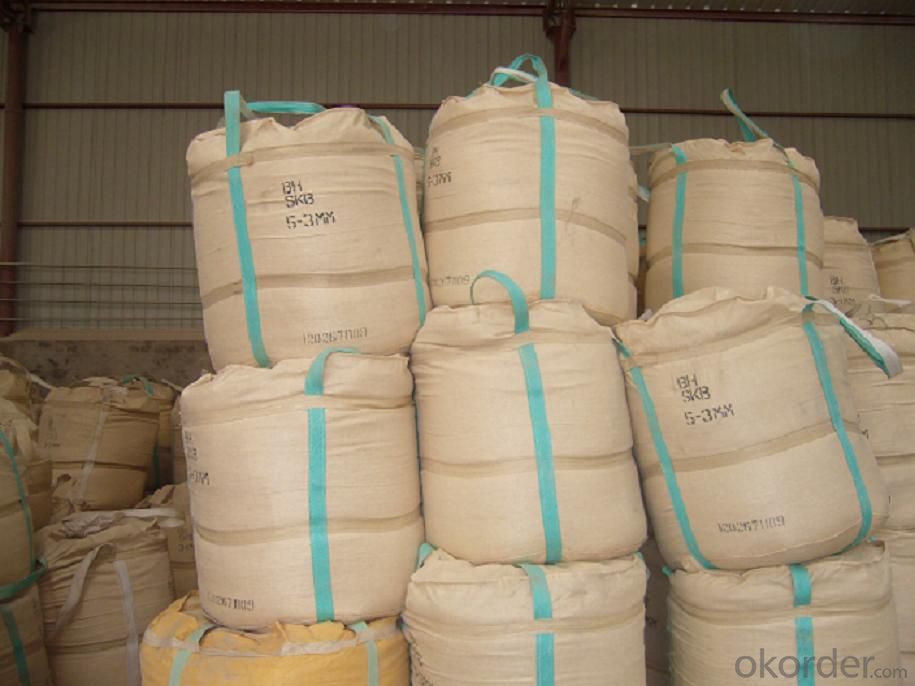
Introduction of calcined bauxite
Calcined bauxite is one of the principal ore of aluminum.
Calcined bauxite contains hydrous aluminum oxides and aluminum hydroxides, formed through the laterization of aluminous rocks in tropical and subtropical areas .
Calcined bauxite is obtained by calcining (heating)superior grade bauxite at high temperature (from 85OC to 1600C) .this can removes moisture thereby increasing the alumina content. Compared to an alumina content of about 57%to 58% in raw bauxite, calcined bauxite has an alumina content of 75% to 90%.
Specifications of Calcined bauxite
Grade | AL2O3 | SIO2 | FE2O3 | TIO2 | K2O+Na2O | CaO+MgO | Bulk density |
HX75 | 75min | ≤17 | ≤3.0 | ≤4.0 | ≤0.3 | ≤0.5 | ≥2.70 |
HX80 | 80min | ≤12 | ≤3.0 | ≤4.0 | ≤0.3 | ≤0.5 | ≥2.80 |
HX85 | 85min | ≤8 | ≤2 | ≤4.0 | ≤0.3 | ≤0.5 | ≥3.00 |
HX86 | 86min | ≤7 | ≤2 | ≤4.0 | ≤0.3 | ≤0.5 | ≥3.10 |
HX87 | 87min | ≤6 | ≤2 | ≤4.0 | ≤0.3 | ≤0.5 | ≥3.20 |
HX88 | 88min | ≤5 | ≤1.8 | ≤4.0 | ≤0.25 | ≤0.5 | ≥3.25 |
HX90 | 90min | ≤3 | ≤1.8 | ≤4.0 | ≤0.25 | ≤0.5 | ≥3.3 |
Moisture(max) | 0.50% | ||||||
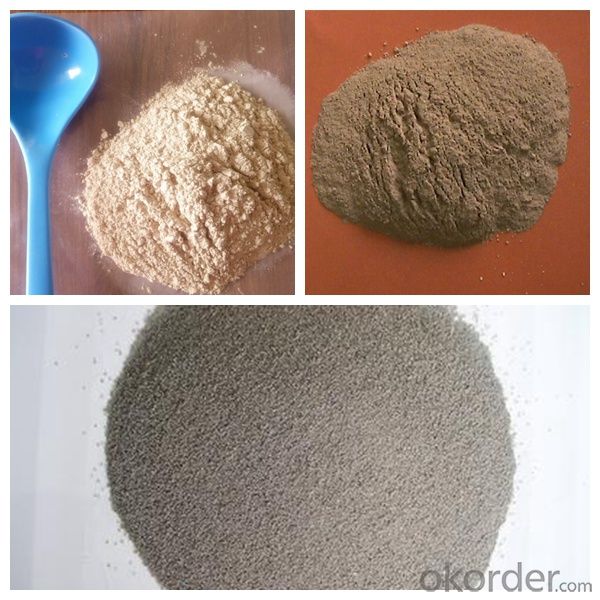
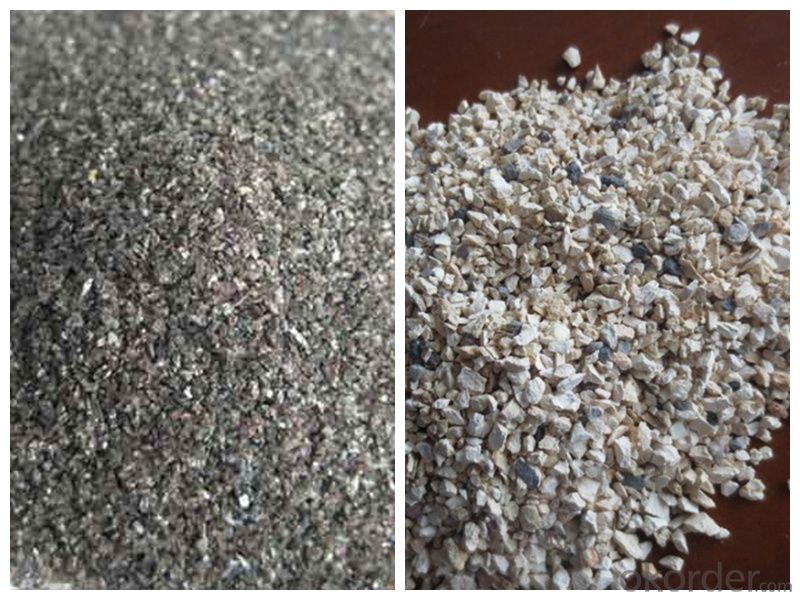
Usage of Calcined bauxite
1.Aluminium industry.
2.Precision casting.
3.Refractory industry.
4.Silicic acid aluminium firefibre
5.Mixed with magnesium oxide,it can be an nice bonding agent,especially for pouring entire steel teeming ladle lining
6.Manufacture bauxite cement,grinding abrasives.ceracmic industry,and chemical industry for making aluminium compounds
- Q: What are the fire protection standards of insulation materials?
- The combustion performance of thermal insulation materials for exterior walls of all civil buildings, within the scope of fire design auditing and fire control acceptance, should be brought into the auditing and acceptance. As for the "Management Regulations on Supervisions of Fire Prevention and Control for Building Projects" (Ministry of Public Order No. 106) , all civil buildings which are out of the scope of Article 13 and 14 are included in the random check. Before the release of new standard, it must be strictly implemented the Article II of the "Fire prevention Interim Provisions on civil external wall insulation system and external wall decorative" ([2009] No. 46), namely, the insulation materials of civil buildings must use materials with A-level combustion performance.
- Q: who knows the fire resistant levels of fireproofing glass?
- Fireproofing glass is a kind of special glass which can keep its integrity in the regular fire resistance test, and it can be divided into three classes: fireproofing glass,fireproofing glass A class is a kind of fireproofing glass that can satisfy the requirements of refractory integrity, fire resistance and thermal insulation. Including composite flameproof?glass and perfusion type fireproofing glass . This kind of glass has the properiyies of transmittance, fireproofing ( smoke insulation, fireproofing, and keeping out thermal radiation), sound insulation, shock resistance, and it's suitable for steel and wooden fire door of building decoration, windows, varnishing, partition walldaylighting?roof,ceiling?screen,perspective floor and other construction components demading for transparency and fireproofing. Class B, it's a kind of fireproofing glass that can satisfy the requirements of refractory integrity, refractory and thermal insulation at the same time. Such kind of fireproofing glasses mostly are composite fireproofing glasses and has characteristics of transmittance,fireproofing and smoke insulation. Class C, it's a kind of monolithic fireproofing glass that only satisfies the requirements of refractory integrity. This kind of glass has characteristics of transmittance, fireproofing, smoke insulation and high strength,etc. It's suitable for fireproofing glass partition wall, fire Windows, outside curtain wall and other places without insulation requirements. hope it can help you.
- Q: How many types of special refractories are there?
- Metal ceramics, high temperature coatings, high temperature fiber and other reinforced materials
- Q: what kind of fireproof materials is used for high rise buildings?
- First, fire resistance steel door: in the general real estate, developer uses more of fire resistance steel door. The mid-low-end doors are the earliest products and mostly widely used with longer servce time. The disadvantages are corrosions, thus it will rust, fade after being used for a while, and will affect the overall appearance. Styling lines are hard, not matching well with modern home decorative styles. Second, the stainless steel fire doors: anti-theft performance ,durable, stronger security. Compared to the general iron or mixed iron and steel security doors, stainless steel doors never rust and most importantly its uniqueness in addition to lasting bright color. Disadvantages: Stainless steel security doors are mostly silver, giving us dull feelings by seeing its appearance and color, lack of coordination. Third, glass fire door: high quality fire glass doors. recent years have seen wide application in office buildings and some high end public place, less in individual users. Compared to the current categories of timber, fire glass door is not only simple and luxury and durable.
- Q: What refractories are accessible with ease in daily life? This material is suitable as a disposable mold and crucible for melting brass.
- The refractory that you want is high temperature furnace which you can buy from the market.
- Q: What are the filling refractories in door leaf of class A fire resistant door?
- That depends. Most are perlite fireproof?panel, MC composite material and other fireproofing materials, vermiculite fireproof board, while some are foam door filling board.
- Q: What are the specific steps of stirring the steel ladle castable?
- Steps are as follows. 1 Compulsory mixer is used to stir the castable and bags, rope and other debris can not mix in the castable when stirred. 2, Castable should be unpacked on the scene. Stirred volume depends on the capacity of the mixer. Castable should be accurately measured and put into a blender. 3 The process of first dry mixing and then wet mixing is adopted. After the castable is added to the mixer, it is dryly mixed for 2 minutes, add about 5.2 to 5.5 percent of water and continue to add water while stirring. Water that is 80% of the total should be added, and then decide whether to continue to add or not depending on the consistence (noting that the water must be clean water and sewage can not be used). Then it is wetly mixed for 4 minutes and stirred for not less than 6 minutes at one time, until castable is even. In general, the bottom is slightly dry and the wall of the ladle is slightly dilute (the amount of water is only for reference). 4, The amount of water and mixing time should be controlled strictly when stirred to ensure that the needs of the consistency are met. If castable is too thin, it will seriously affect the quality of the material. The stirred volume, stirring time and water that is added should be consistent and they can not suddenly be thick or suddenly be thin. If the consistency does not meet the requirements, the castable should be put back to the mixer and stirred with appropriate water or dry materials. 5, It should be stirred evenly and casting should finish in 20 minutes, in order to avoid sclerosis, affecting structural strength of ladle lining 6, After each completion of construction, varieties of castable should be changed and the mixer should be cleaned 7, Stirring can stop in halfway. If the mixer breaks down and it can be repaired in a short time, some of the materials have to be removed before the machine is opened. If the machine can be repaired on time, castable refractory should all be removed.
- Q: How should fireproof building materials be ranked?
- 5. Civil building 5.1. Fire resistance rating, number of layers and floorage of civil buildings 5.1.1. Fire resistance rating of civil buildings should be classified into four levels of first, second, third and fourth. Unless otherwise specified in the code, the combustion performance and fire endurance of building components with different fire resistance rating should be no less than that of the regulations in Table 5.1.1. Table 5.1.1: Combustion Performance and Fire Endurance (h) of Building Components (Figure) Note: 1. Unless otherwise specified in the Code, the fire resistance rating of the building with wooden pillars as load-bearing and incombustible material as the building wall should be the fourth level; 2. For the suspended ceiling of the building with the second level of fire resistance rating, if it uses non-combustible component, it won't be limited in its fire endurance; 3. For buildings with the second level of fire resistance rating, if it is really difficult for the partition wall of rooms with the area of no less than 100m2 to implement the regulations of the Table, the partition wall can adopt the non-combustible component with fire endurance of no less than 0.3h; 4. For buildings with the first or second level of fire resistance rating, if it is really difficult for the partition wall of both sides of the evacuation walk to implement the regulations of the Table, the partition wall can adopt the non-combustible component with fire endurance of no less than 0.75h. 5. Fire endurance and combustion performance of the residential building component can be implemented in accordance with the provisions of current national standard GB 50368 "Residential Building Code".
- Q: What's the commonly used refractory material for ladle?
- 1. According to the refractoriness, it can be classified as follows: common refractory: 1580℃ ~ 1770℃; high grade refractory: 1770℃ ~ 2000℃; superrefractory: 2000 ℃; 2. According to the shape and demension of the product, it can be classified as follows: standard form : 230mm×113mm ×65mm of no more than four measuring scale, (demension ratio) Max: Min
Send your message to us
Raw Materials for Refractory:Hot Sale Calcined Bauxite Made in China
- Loading Port:
- China main port
- Payment Terms:
- TT OR LC
- Min Order Qty:
- 25 m.t.
- Supply Capability:
- 2000 m.t./month
OKorder Service Pledge
OKorder Financial Service
Similar products
Hot products
Hot Searches
Related keywords
